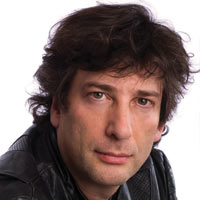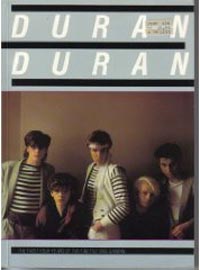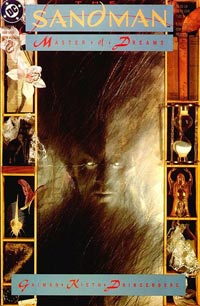Neil Gaiman to Speak at UCSB
Novel and Comic Book Author to Discuss Creativity
CREATIVE FUTURE: Could Neil Gaiman be the coolest man in literature? His fans seem to agree that he is, though they disagree on the reasons. Is it his unique ability to blend mythology with everyday vulgarity? Is it his association with such high-powered projects as the epic Sandman comic books and films like Matthew Vaughn’s Stardust and Henry Selick’s Coraline? Is it his penchant for intriguing collaborations, as with Terry Pratchett on the book Good Omens? Is it his solo novels, such as American Gods and Anansi Boys? His carefully constructed black wardrobe? His tastefully rumpled demeanor?

Whatever the course of his coolness, Santa Barbarans have the chance to experience the complete package that is Neil Gaiman on Wednesday, February 3, when UCSB Arts & Lectures brings him to Campbell Hall. He’ll deliver a lecture about creating the future with creativity, a topic with which he has plenty of experience. Known primarily as a creator of fantasy and science-fiction narratives, he’s risen to fame as something of a contradiction: both an all-purpose storyteller and one with a niche so specific and nuanced that even his greatest enthusiasts run into trouble explaining what, exactly, he does.

Starting out in early 1980s Britain as a feverishly prolific young journalist, Gaiman tried his hand at penning fantasy stories even as he worked on other, less imaginative projects. The latter group would include his first published book, Duran Duran, a light biography of the eponymous pop group. The book now commands surprisingly high prices on eBay. Gaiman’s first standalone foray into the realm of darkly humorous subversion came in the form of 1988’s Don’t Panic: The Official Hitchhiker’s Guide to the Galaxy Companion, a compendium of information about Douglas Adams’s beloved radio, novel, and television series.
Gaiman routinely is compared to Alan Moore, another renowned English comic book writer who brings true artistry to his work. It was Moore, author of such iconic works as V for Vendetta and Watchmen, who provided Gaiman’s entrée into the field. In handing off his writing duties on Marvelman, a long-running book starring the U.K.’s equivalent of Captain Marvel, Moore left Gaiman a project already imbued with intellectual and aesthetic qualities that had never before been considered by comic purists.

Most Gaiman fans first discovered his work through The Sandman, published by DC from 1989 to 1996 that explored a dream landscape. It won plaudits from mainstream publications like Entertainment Weekly and the New York Times, breaking a number of boundaries that, until then, had walled the comics of the Western world in a small commercial and artistic cell. Those who missed The Sandman may have found out about Gaiman through his works of pure prose, especially 2001’s American Gods.
And now another wave of Gaiman discovery is cresting, as his work for younger audiences reaches beyond its intended demographic to the general public. Last year’s 3-D cinematic adaptation of his novel Coraline won high critical acclaim and healthy box-office numbers, and his latest release for kids, the Hugo- and Newbery Award-winning The Graveyard Book, rode high on the New York Times bestseller list.
Gaiman describes his goal in writing The Graveyard Book in a characteristically sardonic way: “Write something a lot like The Jungle Book and set it in a graveyard.” At once a novel and a collection of short stories, the book captures an array of moments in the life of Nobody “Bod” Owens, a young boy who moves into a graveyard after the murder of his parents and sister, and there picks up the tricks of the ghost trade.
4•1•1
UCSB Arts & Lectures presents Neil Gaiman on Wednesday, February 3, at 8 p.m. at UCSB’s Campbell Hall. Call 893-3535 or visit artsandlectures.ucsb.edu for more information.



